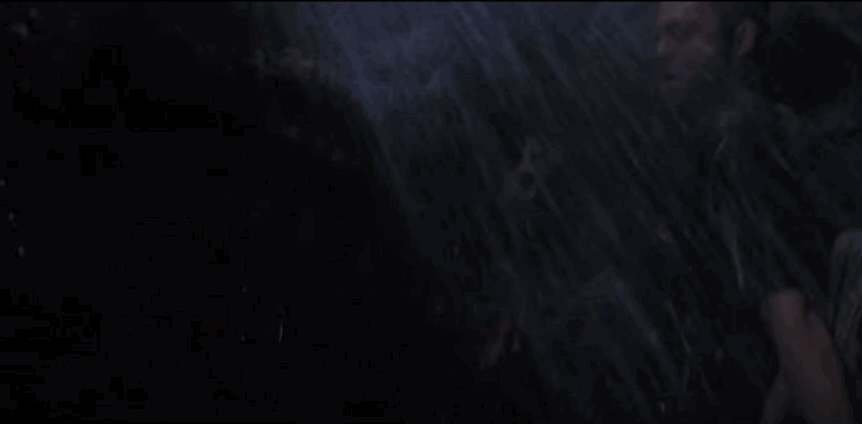The mighty Tyrannosaurus rex would have been an truly intimidating sight if you happened to be roaming around on Earth 70 million years ago or thereabouts. You’d see it, it would see you, and you’d have to decide what your last thoughts would be before you met your end. It could have killed you in any number of ways, but one thing it definitely wouldn’t have done is stuck out its tongue at you.
In a new research paper published in PLOS One, researchers explain how the massive beast’s tongue worked — or, more specifically, how it didn’t work. As it turns out, the T. Rex’s tongue was mostly just a stationary, fleshy blob in its mouth, and it had very little freedom of movement. I guess Jurassic Park was wrong again!
So, remember this scene from The Lost World: Jurassic Park?

Pretty scary, but apparently that never could have happened.
“They’ve been reconstructed the wrong way for a long time,” Julia Clarke, co-author of the new study, explains. “In most extinct dinosaurs their tongue bones are very short. And in crocodilians with similarly short hyoid bones, the tongue is totally fixed to the floor of the mouth.”
It’s a bummer for the iconic Tyrannosaurus, but other dinosaurs the team studied had more complex tongues. Some smaller species, including several bird-like dinosaurs, had more mobile tongues that the researchers attribute to the evolutionary need to manipulate prey, perhaps even while in flight.
It’s a pretty interesting bit of research, but the team notes that there is still more to be done to determine how the tongues of ancient birds evolved, and what changes occurred to get them to where they are today. In the meantime, at least you can stop having nightmares of a T. Rex licking your cheek.








